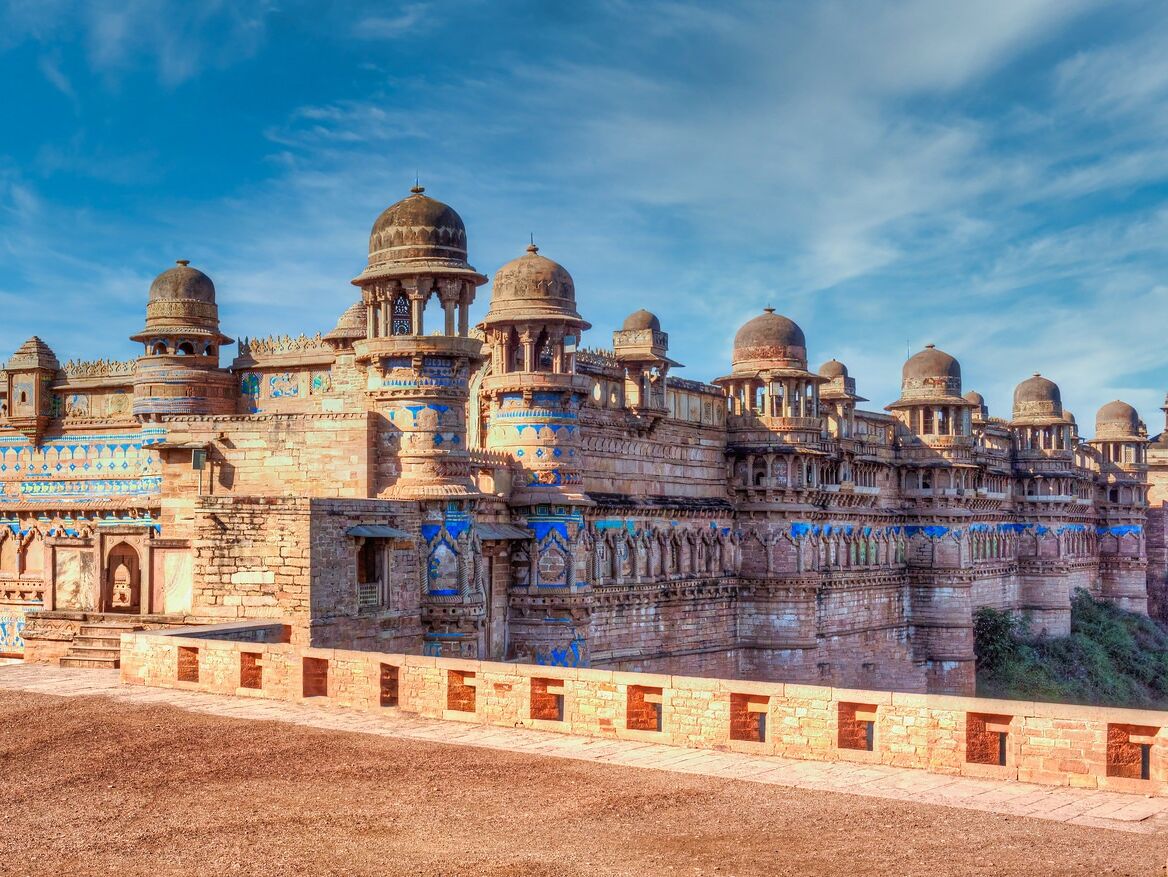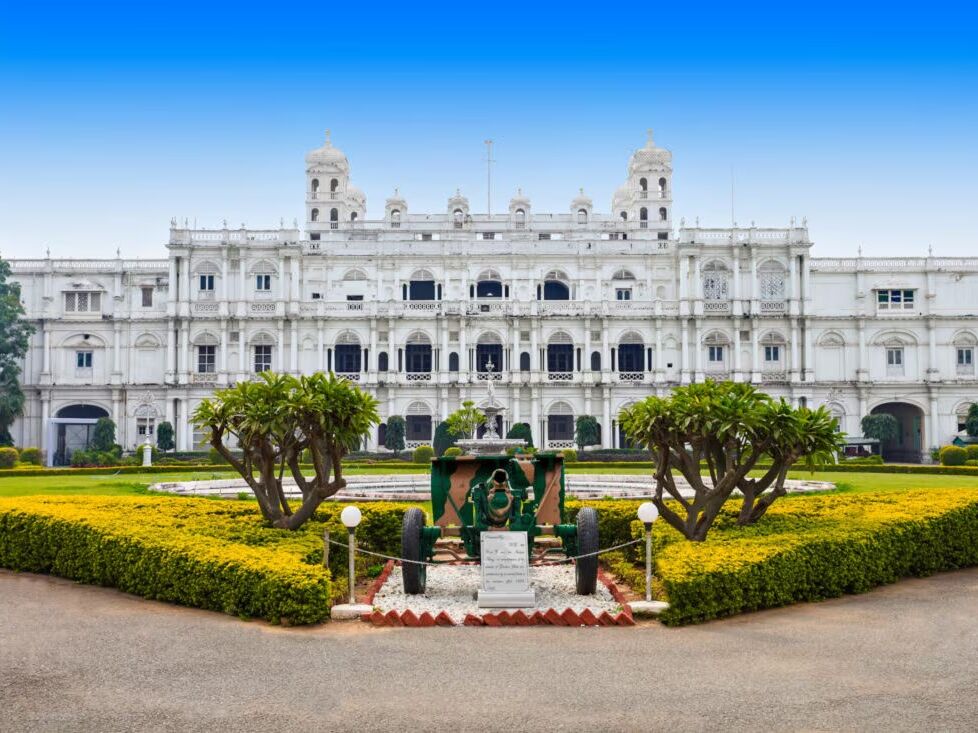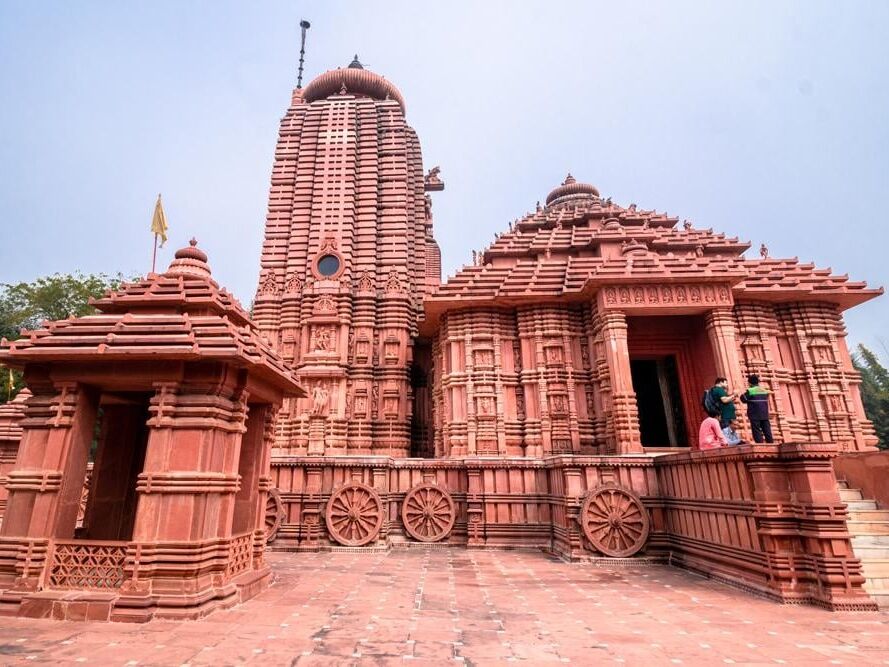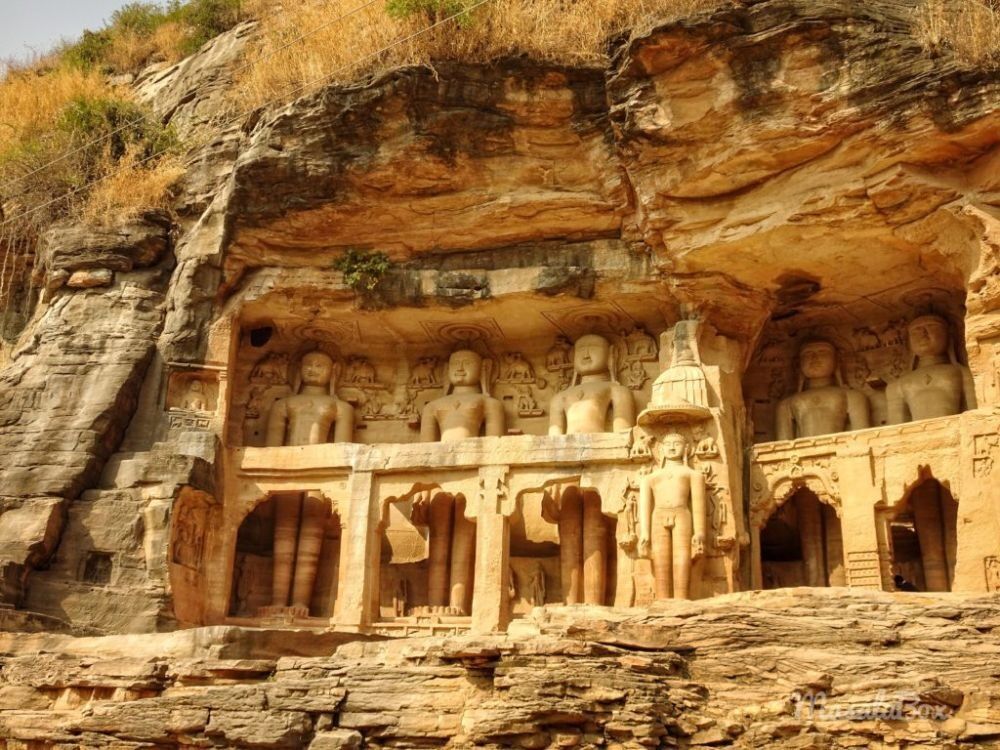
Shraddha & Rishabha

Shraddha & Rishabha
Things to Do
🏰 Gwalior - A Tapestry of Culture, History, and Spirituality
Gwalior, located in the heart of Madhya Pradesh, is a city where history breathes through its ancient forts, palaces, and musical traditions. Once ruled by legendary dynasties like the Tomars, Mughals, and Scindias, Gwalior holds immense cultural, religious, and historical significance.
The iconic Gwalior Fort, often called the "Gibraltar of India," stands as a testament to the city's glorious past. The melodies of Tansen, the great musician of Emperor Akbar’s court, still seem to echo through the lanes of the city. Festivals like the Tansen Music Festival celebrate this rich musical heritage even today.
Gwalior is equally known for its deep religious roots — from the serene Sas Bahu Temples and Sun Temple to the sacred Gurudwara Data Bandi Chhod, which marks Guru Hargobind Sahib’s release from captivity.
The city’s vibrant bazaars, rich handloom, traditional cuisine, and heartwarming hospitality make it a must-visit destination for travelers seeking both grandeur and soulfulness.
🌟 Nearby Places of Interest:
Orchha (120 km): A hidden gem of palaces and temples set by the Betwa River, famous for its medieval architecture.
Jhansi (100 km): The land of Rani Lakshmibai, a symbol of courage during India's First War of Independence.
Shivpuri (120 km): Known for the royal Scindia chhatris, lush forests, and Madhav National Park.
Datia (75 km): A spiritual town famous for the grand Datia Palace and Pitambara Peeth, a revered Shakti temple.
Sonagiri (60 km): A Jain pilgrimage site dotted with white temples spread over a hill, offering peace and serenity.
Activities & Things to do
Gwalior Fort
Perched atop a hill, Gwalior Fort is a testament to the city's rich history. Often referred to as the "Gibraltar of India," it houses several notable structures:
Man Singh Palace: Known for its intricate tile work and historical significance.
Sas-Bahu Temples: Twin temples dedicated to Lord Vishnu, showcasing exquisite carvings.
Teli ka Mandir: A unique blend of Dravidian and Nagara architectural styles.
Gurudwara Data Bandi Chhod: A Sikh shrine commemorating Guru Hargobind Sahib's release of 52 kings.
Jai Vilas Palace
Built in 1874 by Maharaja Jayajirao Scindia, Jai Vilas Palace is an iconic symbol of Gwalior’s royal legacy, blending Tuscan, Italian, and Corinthian architecture. Part of the palace remains the Scindia family's residence, while the rest houses a grand museum.
Highlights include:
The world's largest chandeliers in the gold-adorned Durbar Hall.
A miniature silver train that once served cigars and brandy on the dining table.
A royal collection of manuscripts, paintings, armory, costumes, and vintage furniture.
The palace offers a fascinating glimpse into the opulence, culture, and lifestyle of India's princely era.
Sun Temple Gwalior
The Sun Temple (Surya Mandir) in Gwalior is a beautiful modern temple built in 1988 by industrialist G.D. Birla. Inspired by Odisha’s famous Konark Sun Temple, it is crafted from red sandstone with a stunning white marble interior. Dedicated to the Sun God (Surya), the temple is a serene place for prayer, reflection, and photography.
Entry Fee: Free
Timings: 6 AM to 7 PM daily
Surrounded by well-maintained gardens, the Sun Temple is a must-visit for its peaceful atmosphere and striking architecture.
Gopachal Jain Parvat
A historic hill near Gwalior Fort, famous for its magnificent rock-cut Jain statues dating back to the 7th–15th centuries. The site features colossal sculptures of Jain Tirthankaras carved directly into the hillside, reflecting exquisite ancient artistry and devotion.
Entry Fee: Free
Best Time to Visit: Morning or evening for cooler weather and beautiful light.
A peaceful and spiritual spot, Gopachal Parvat is perfect for history lovers, photographers, and those seeking quiet exploration.



